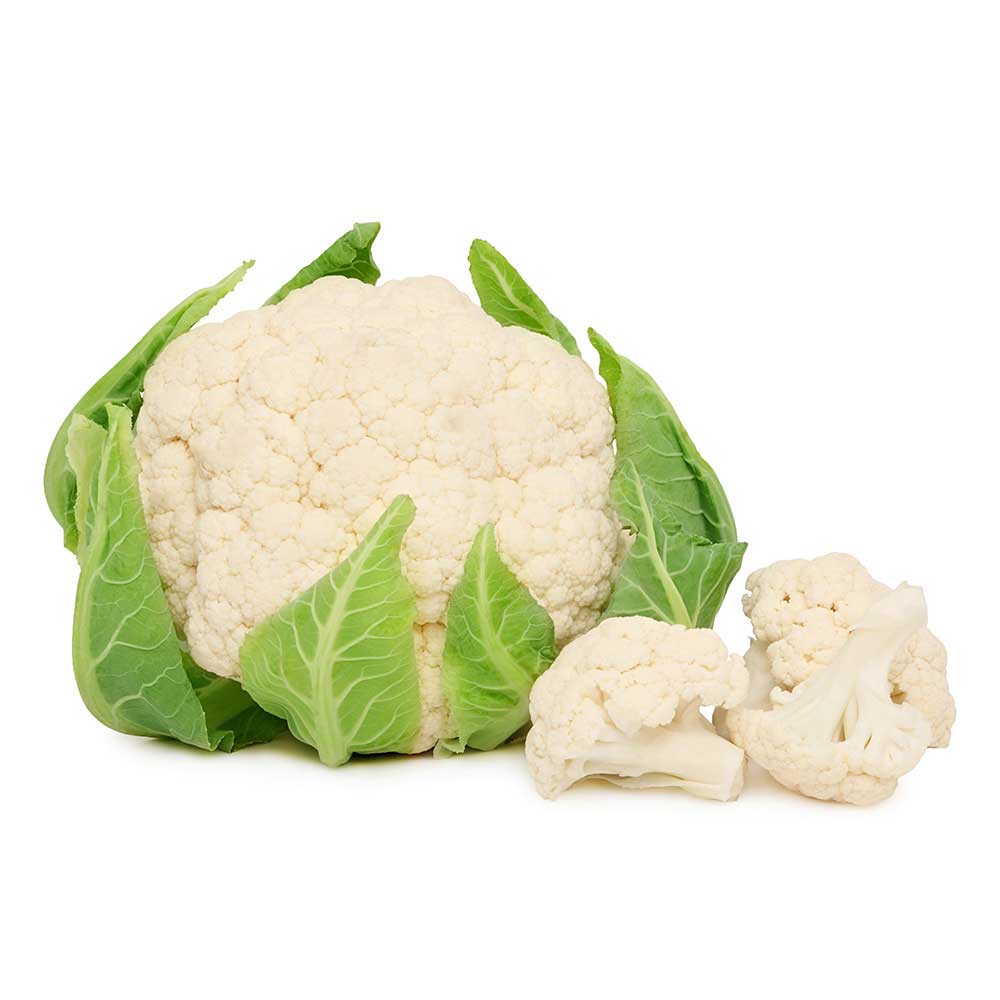Cauliflower
The Brassica Oleracea family of Cruciferous plants includes a wide variety of vegetables, all originating in spontaneously-occurring species native to the Mediterranean.
Brassica Acephala or leafy cabbages are almost all used as animal feed, with the exception of the Tuscan cavolo nero, which makes excellent soups and other dishes.
Brassica Botrytis, with its large spherical or pointed inflorescence, is cauliflower and romanesco cauliflower.
Brassica Capitata, with a tightly-closed, compact head ranging from pale green to purple, is cabbage.
Brassica Cauliflora, with loosely-clustered flower stalks in an umbrella-shaped cluster, includes broccoli.
Brassica Gemmifera, with numerous buds, is Brussels sprouts.
Brassica Sabauda has crinkly leaves tightly wrapped around a head: Savoy cabbage.
Cabbages were initially gathered and later cultivated since prehistory.
CURIOSITY
The unpleasant smell given off by cooking cabbage is due to the presence of sulphur compounds, which disappear completely after about fifteen minutes.
Like all cruciferous plants, cabbages are the “garbage collectors” of the land: they have the ability to absorb and eliminate contaminants such as heavy metals contained in the soil, thus acting as a purifier. For this reason it is extremely important that they are not grown as a food crop in polluted areas.

